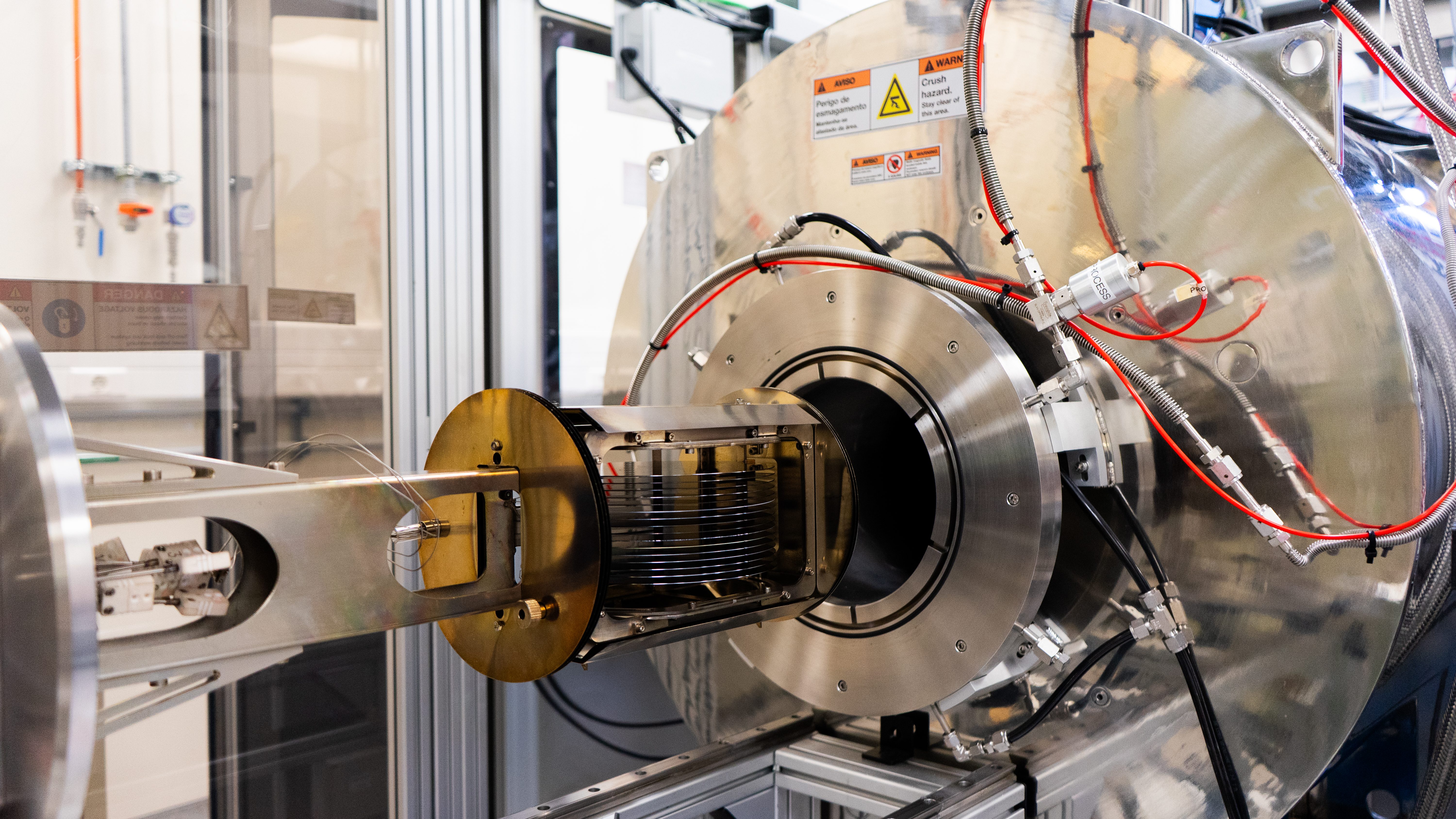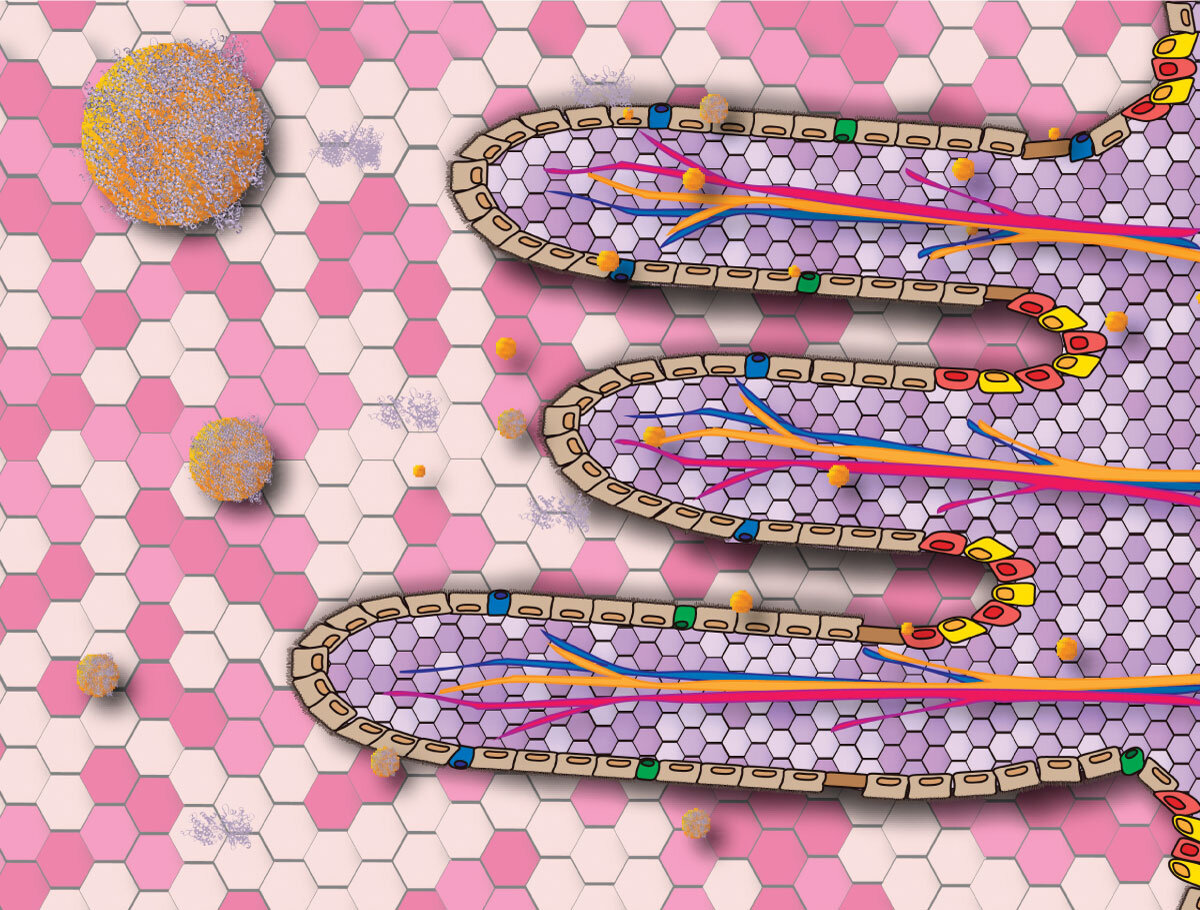
INL introduces a new hybrid microscopy system for the real-time study of cell communications
January 28, 2020
Researchers at INL have pioneered a new combination of microscopy techniques suitable for the examination of cells at the nanoscale.
The purpose of this work was to combine a super-resolution optical microscope technique with another type of microscope probing surfaces with a very thin and sharp needle, both related to Nobel prizes awarded in 1986 and 2014.
It is believed this advance in microscopy will contribute in the years to come to improve the understanding of how cells use proteins to shuttle molecules in and out of the cell. This allows observing in greater detail how cells communicate with each other in the human body. Eventually, this can then be related to the formulation of solutions to certain rare diseases that are known to be caused by the malfunction of cell protein transporters.
The work presented in Scientific Reports details advances achieved within the framework of a scientific workshop sponsored by Nikon (represented by IZASA Scientific), the Optical Society (OSA) and the JPK BioAFM division of Bruker whereby worldwide leading experts in the field were invited to the INL in Braga. Scientists from the University of Minho and Berkeley University generously contributed engineered cells for exploring the newly developed microscopy system.
Read the full article here.



